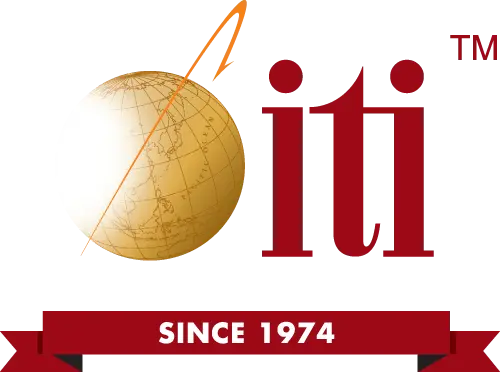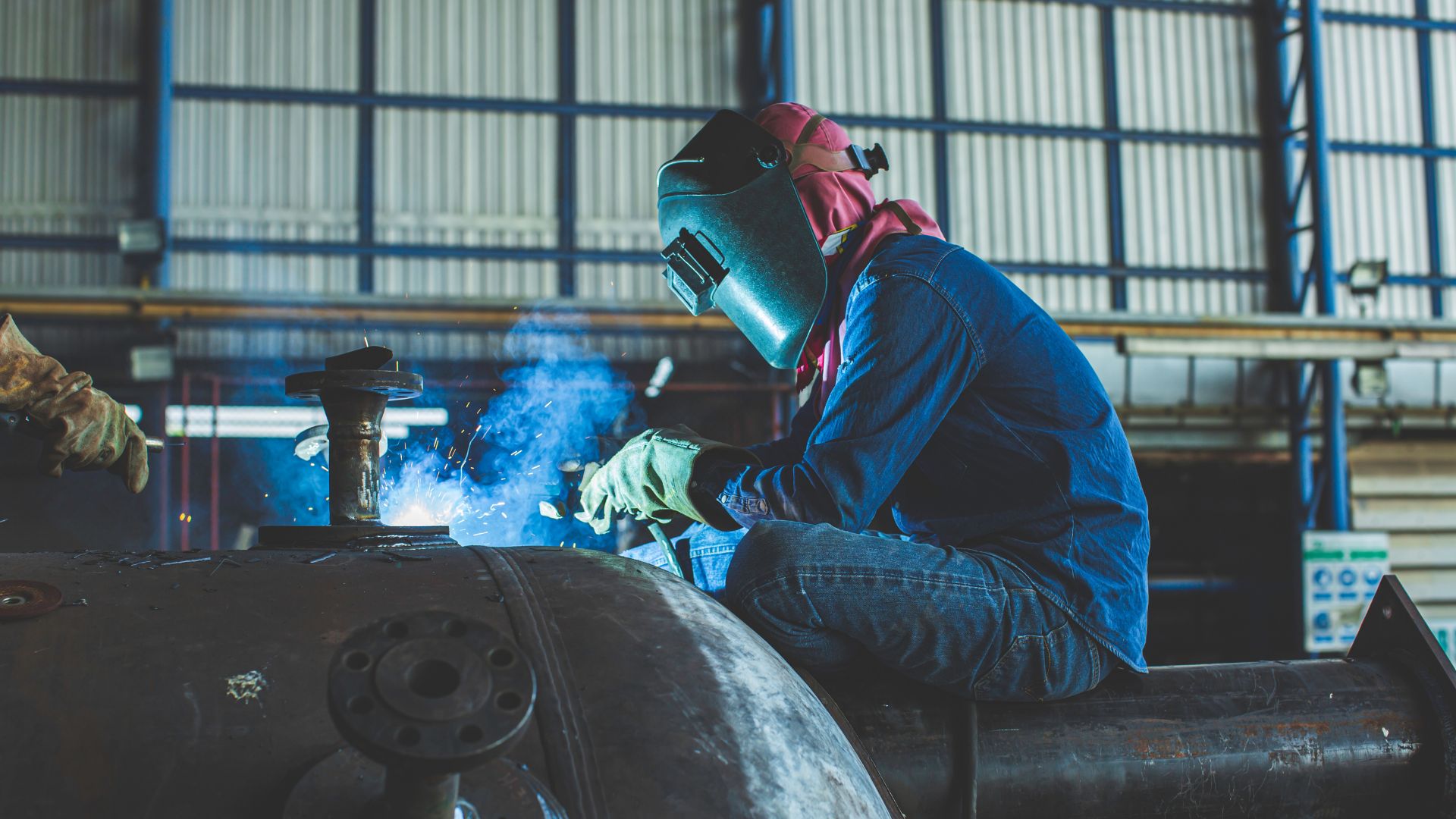In the aftermath of the turmoil created by the U.S./China trade war, many purchasing managers have kept a close eye on manufacturing data emerging from the economic region. However, with recent announcements that both countries agreed to a phase one deal (in principle) this October, there are new indications. The latest PMI figures may indicate that there indeed is light at the end of the tunnel. The Manufacturing PMI (Purchasing Manager’s Index) from Caixin/IHS Markit polls showed some positive movement. Consequently, the organization reported another optimistic increase in September 2019.
Latest Manufacturing PMI Data from Caixman/IHS Markit Survey
The official government polls still pointed to a contraction in factory activity for the region. However, they tend to focus on State-Owned Enterprises (SOEs) purchasing across the region. The Caixin/IHS Markit polls instead focus on a mix of small- and medium-sized companies. This number came in at 51.7 for October, showing renewed demand in both foreign and domestic consumer markets.
This number exceeded analysts’ expectations, who projected the PMI to come in at 51.0 after rising to 51.4 for September. The increase is largely due to the subindex of new orders staying in positive territory. Though the Business Confidence index remained weak during the same period. The Business Confidence rating decreased by 0.5 between September and October. And the Caixin/IHS Markit results came in at 49.3 in the latest survey.
The Drivers of the Positive Indicators for Chinese Manufacturing
The official PMI declined to 49.3 points, showing continued pressure on the Chinese economy for October. Inversely, the Caixin/IHS Markit number demonstrated an increase for the fourth straight month in a row. The reason for the renewed expansion in Chinese Manufacturing seems primarily driven by a willingness to replenish inventories – something that analysts remained unsure about in both August and September this year.
Since then, forecasts that China wouldn’t adopt large scale financial easing to stimulate growth and release massive credit into the economy seem to hold true. The current indicators show that a deal to exempt over 400 types of products from additional U.S. tariffs led to an increase in inventory replenishment orders.
What the Latest Numbers Mean to Offshore Manufacturers
The current data shows the strongest improvement for operating conditions in China since February 2017. Although analysts aren’t saying manufacturers are out of the water yet, both business confidence and PMI numbers hit new highs for October while new exports increased marginally for the first time in five months.
The positive numbers may indicate renewed confidence that the trade war between the U.S. and China could be easing. This news will no doubt please U.S. product purchasing managers looking to replenish inventories before the end of the fourth quarter in 2019.
For more information about the offshore manufacturing PMI ratings, about manufacturing in China, South Korea, and/or Vietnam, contact ITI Manufacturing. We are pleased to be able to provide expert advice and guidance during these shifting economic environments. Call us at (281) 242-7030.






